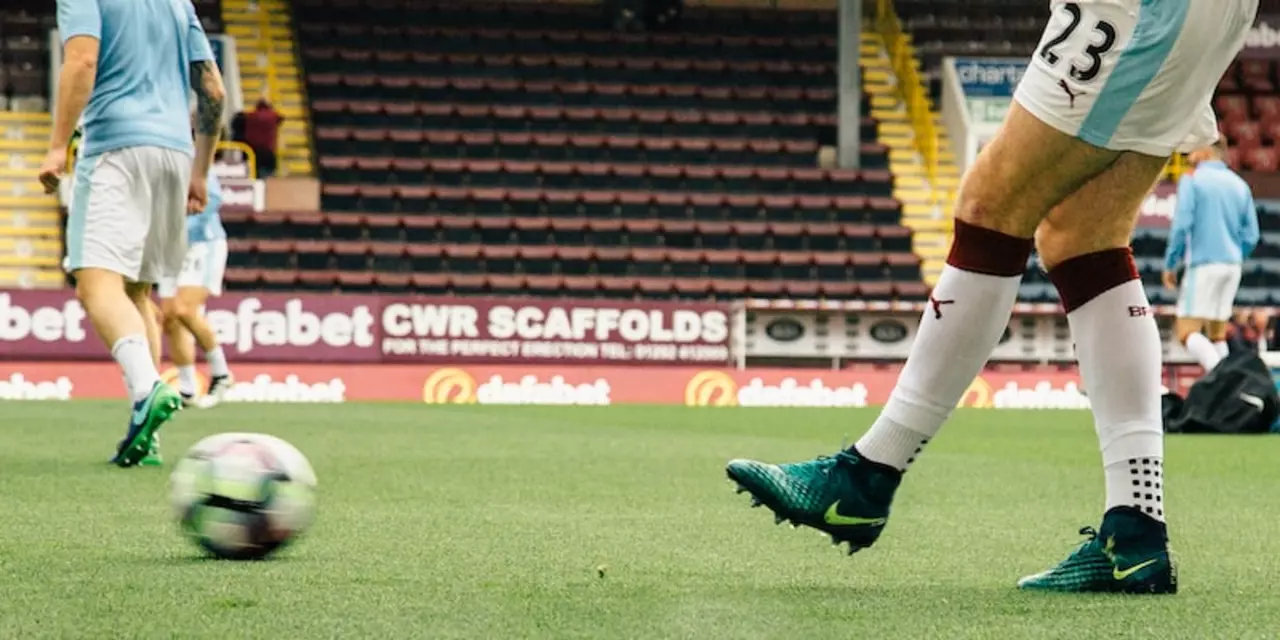Sports Equipment for Soccer – What Every Player Needs
When you step onto the pitch, the gear you wear can make or break your game. From cleats that grip the turf to a ball that feels just right, having the right equipment boosts confidence and reduces injury risk. In this guide we’ll break down the basics – why cleats matter, what else you should own, and how to pick gear that fits your style and budget.
Why Cleats Matter
Cleats aren’t just a fashion statement; they’re designed to give you traction and stability on the field. Without them you risk slipping, especially on wet or uneven surfaces. A good pair of football (soccer) cleats locks your foot in place, letting you sprint, turn, and shoot with power. While some players manage with trainers, they lack the studs that dig into grass or artificial turf, meaning you’ll feel a noticeable drop in control.
Another win is protection. Cleats often have reinforced toe caps and ankle support that shield you from knocks and tackles. If you’ve ever twisted an ankle on a smooth shoe, you’ll understand why a dedicated soccer shoe feels safer. Bottom line: cleats give you grip, support, and a psychological edge – you just play better when you trust your feet.
Choosing the Right Gear
Start with your playing surface. Firm grass calls for firm-ground (FG) cleats, while softer pitches need soft-ground (SG) studs. If you play on artificial turf, opt for turf (TF) shoes with many small nubs. Fit is crucial – the shoe should hug your foot without squeezing. Try them on with the socks you’ll wear on match day; you’ll notice any pressure points right away.
Beyond cleats, think about a few other must‑haves. A good shin guard protects the shins from accidental kicks and is required in most leagues. Choose one that slides easily into a sock or a holder that snaps onto your cleats. A durable, well‑inflated ball matters too; a ball that’s too soft loses bounce, while an over‑inflated one can feel hard on the foot.
Don’t forget a reliable water bottle and a lightweight bag to carry everything. These tiny items keep you hydrated and organized, so you spend less time rummaging for gear before each training session.
When you’re shopping, set a budget but don’t skimp on quality. A mid‑range pair of cleats often outperforms a cheap set and lasts longer. Look for reputable brands that offer a range of prices. Read reviews from other players – real‑world feedback tells you if a shoe holds up after many games.
Finally, treat your equipment right. Clean your cleats after every game, dry them properly, and replace the studs when they wear down. A well‑maintained pair lasts longer and continues to provide the grip you rely on.
Whether you’re a weekend warrior or an aspiring pro, the right sports equipment makes a noticeable difference. Start with solid cleats, add proper protection, and keep your gear in good shape. You’ll notice smoother runs, sharper turns, and fewer aches after a match. Ready to upgrade your kit? Explore the options, try them on, and feel the confidence that comes with playing in gear made for the game.
Is it necessary to wear cleats to play football (soccer)?
Football (soccer) cleats are an important piece of equipment for the sport. They provide traction and stability on the field, and help to protect players from injury. It is not strictly necessary to wear cleats to play football, as many players have successfully done so in trainers or running shoes. However, as cleats are specifically designed for football, they can provide an advantage in terms of traction and grip. Therefore, it is recommended that players wear cleats for football if possible.
Kieran Donovan | Feb, 7 2023 Read More
